Inaugurated in 2003 and designed by architect Manuel Salgado, the Estádio do Dragão is classified by UEFA as a five-star stadium. Located in Porto’s eastern area, it offers easy access from both the city centre and Porto Airport. Modern and multifunctional, the stadium has received several awards for architecture and environmental management, and it is home to some of Portugal’s, Europe’s and the world’s most celebrated football champions.
Inside the complex, the FC Porto Museum stands as one of Europe’s most engaging sports museums. Spanning more than 7,000 m², it features 27 thematic areas, over 200 trophies, and 280 interactive videos, allowing visitors to explore the club’s remarkable legacy through an innovative and immersive experience.
The Museum & Tour App enhances the visit with audio-visual content, 360º panoramas, and multilingual access (PT, EN, FR, ES, DE, IT). Alongside its historical and sporting value, the museum also plays an important cultural and educational role, showcasing art pieces such as Valquíria Dragão by Joana Vasconcelos, temporary exhibitions, and inclusive programs accessible to all.
Day 1
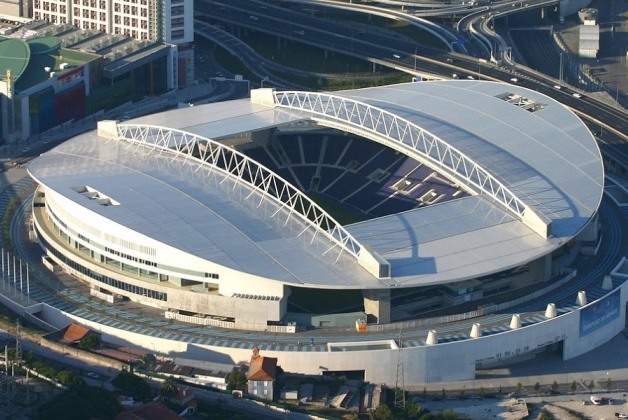
Estádio do Dragão & FC Porto Museum
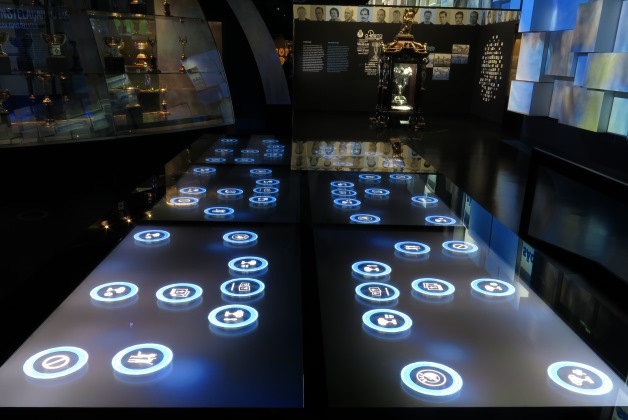
Futebol Clube do Porto Museum
Make the most of the Museum & Tour APP and dive into an even more immersive experience, in which the FC Porto Museum and Estádio do Dragão extend to the virtual world with new dynamic content - audio, video and 360º panoramas.
Located in the Dragon Stadium and open every day, the FC Porto Museum was given the Innovation and Creativity Award in 2015 by the Portuguese Museology Association (APOM) and nominated for the European Museum of the Year Awards 2016. This major cultural attraction impresses visitors for its collection of trophies and high-tech interactive exhibition. The fresh memories of titles won in the UEFA Champions League, the hologram of the chairman of the club, Jorge Nuno Pinto da Costa, and the ‘Dragon Valkyrie’, a work of art by Joana Vasconcelos, are waiting to be discovered amongst many exclusive items from the club’s 120 years of history in the city.
Dragoon Stadium visiting hours:
Monday to Sunday: 11 a.m.; 12 p.m.; 1 p.m.; 2 p.m.; 3 p.m.; 4 p.m.; 5 p.m.
Cost
15 €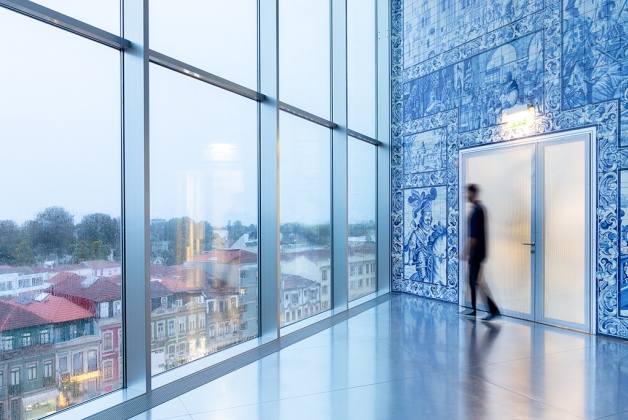
Casa da Música
Building designed by the Dutch architect Rem Koolhaas, Casa da Música was inaugurated in 2005 and since then has become an icon of contemporary architecture, attracting visitors from many different parts of the world.
The programming, which is both dynamic and innovative, ranges from classical music to the forefront of urban trends, benefiting greatly from their four resident groups: Symphony Orchestra, Remix Ensemble, Baroque Orchestra and Choir. The institution also plays an important role in education, promoting concerts, workshops and various activities for families with children and schools. Daily there are guided tours to the building, which has several bars and a restaurant located on the rooftop, with a magnificent view over the city.
On performance days the box office is open until 30 minutes after the start of the show.
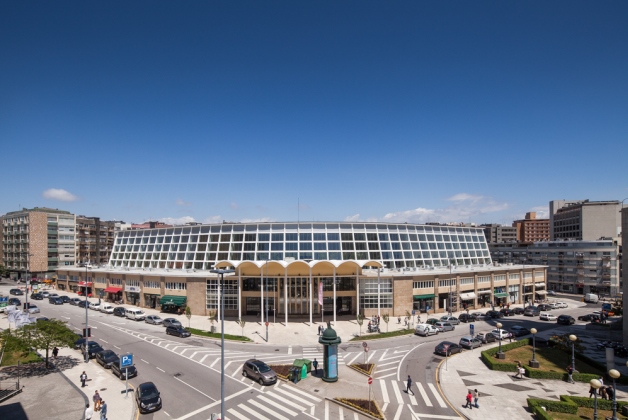
Bom Sucesso Market
Born in 1952 and in a excellent location in the centre of Porto, Bom Sucesso Market is housed in a historic building of the city, where its unique architecture is one of its main characteristics. It’s a place of leisure and commerce, It has a gastronomic variety and its cultural events - music concerts, show cookings and art workshops for families - are some of its greatest offers.
In 2014, the Market Building won the National Urban Regeneration Award and was one of the winners of the Global Awards for Excellence, New York.
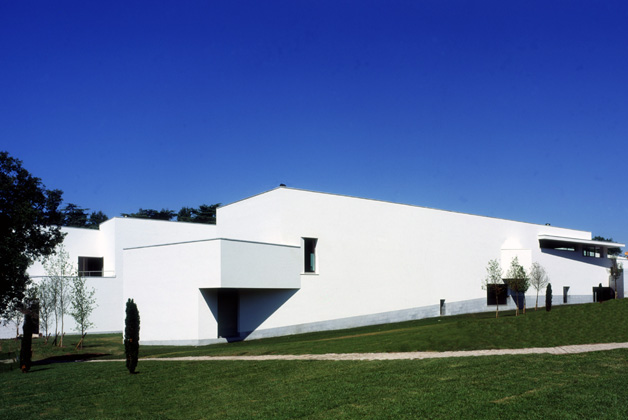
The Serralves Museum
The Serralves Museum is Portugal’s leading contemporary art museum, designed by the architect Siza Vieira and located in the unique spaces of the Serralves Foundation, which include the Park and Villa. Through its permanent collection, temporary exhibitions, educational programme, public sessions, concerts, dance shows and performances, editorial activity and national and international partnerships, the Museum fosters the enjoyment and understanding of contemporary art and culture. Core activities within the Museum’s mission include presentation to various audiences of works by the most respected artists of our time, strengthening ties with the local community and fostering reflection about the relationship between art and the environment, which is intrinsic to the context of Serralves.
Cost
15 €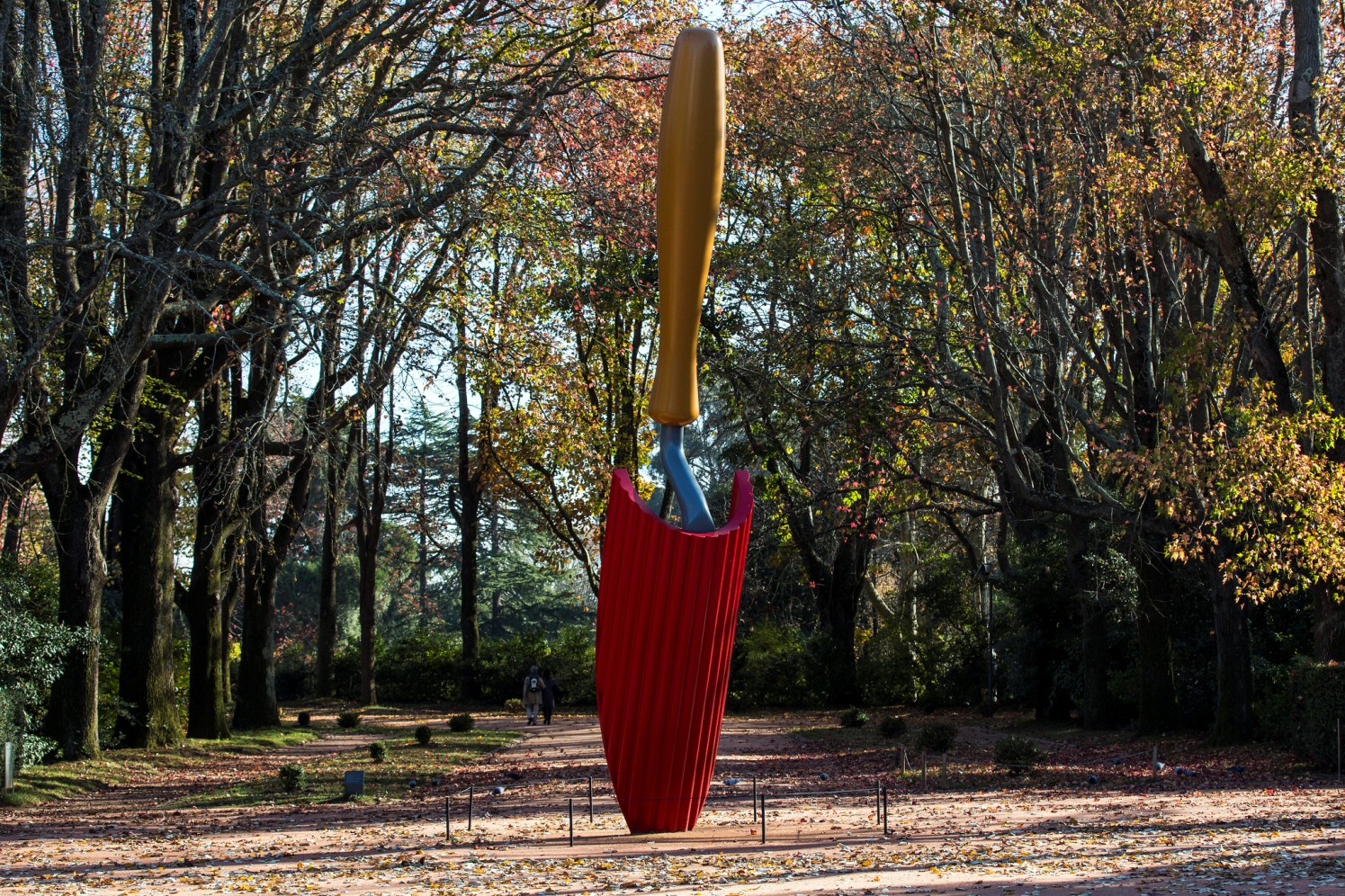
Serralves Park
Serralves Park, from the first half of the 20th century, was the first national private garden built based on a landscape architecture project.
Completed in 1940, the garden adapts itself to the neoclassical layout of the art of French gardens, slightly modernised, moving away from the traditional concept of gardens in effect in Porto.
Whether for its historical and artistic characteristics, or for its size (18 hectares), landscape diversity and state of conservation, Serralves Park is a unique place in the national and international scene.
It includes very diverse landscapes, from the sloping terraces to the thick forests, from the labyrinthine geometry of some gardens to the agricultural land, from the rose garden to the romantic lake.
Comprised by remains of a 19th-century garden, Quinta do Mata-Sete, Serralves Villa, Serralves Museum of Contemporary Art and Treetop Walk, whose gardens were designed to blend harmoniously with the surrounding landscape and the built structure. Building designated a monument of public interest.
Cost
13 €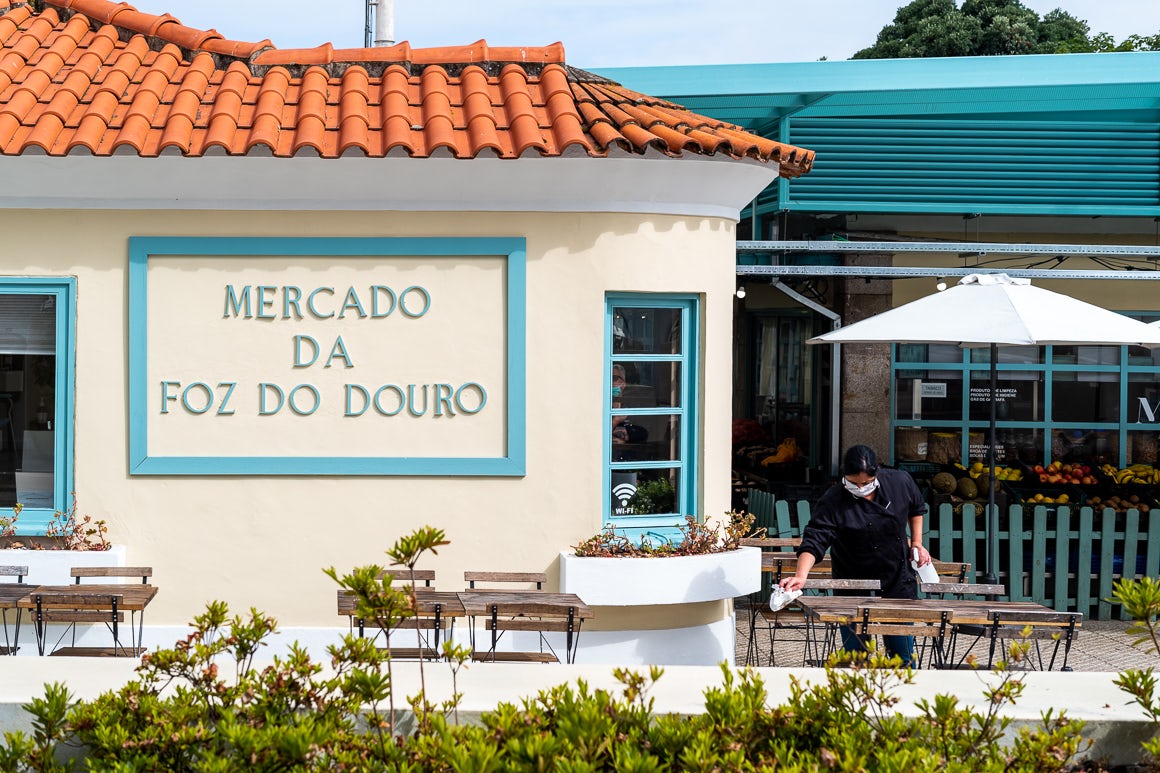
Foz Market
Mercado da Foz, the name by which Mercado da Foz do Douro is commonly known, is the most iconic in the western part of the city, and daily, from Monday to Saturday, it serves the entire local community, in addition to the population that goes there purposefully from the rest of the city and neighbouring municipalities.
Located in Rua de Diu, where tradition and innovation meet, in a facility that keeps the proximity to the small horticultural producers in the parish and the fresh fish that comes from the sea, a short distance away.
There are butchers, fishmongers, fresh produce, florists. Preserving its traditional image of a fresh products market, Mercado da Foz has been revitalised, in recent years, by incorporating some activities of local shops, such as cobblers and haberdashery and handicraft shops, always privileging small businesses, and also encouraging the opening of restaurant spaces that would buy fresh products sold at the market.
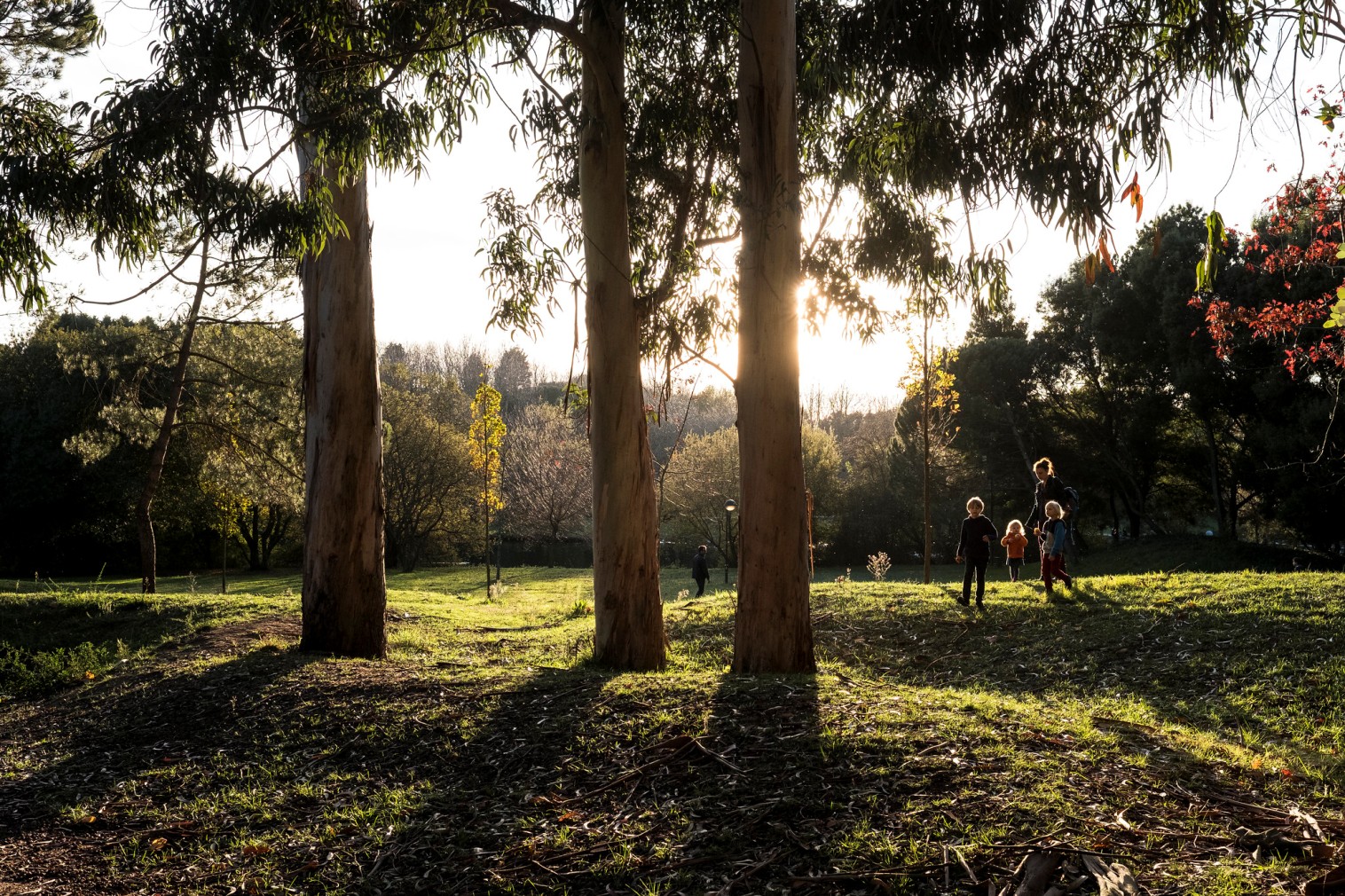
City Park
The City Park is the largest urban park in Portugal, with an area of 83 hectares that stretch out as far as the Atlantic Ocean, which is globally something of a rarity. It was designed by the landscape architect Sidónio Pardal and inaugurated in 1993 (1st phase) and finalized in 2002. The presence of stone takes on a preponderant characteristic of this park, where the construction of supporting walls for terrain, spots to stay and paving create a rural and bucolic idea. In 2000, it was selected by the Order of the Engineers as one of the `100 most remarkable works constructed in Portugal in the 20th century`. Among other installations, it lodges the Centre for Environmental Education.~
Flora: Stone pine (Pinus pinea), Maritime pine (Pinus pinaster), Plane trees (Platanus spp), Poplars (Populus spp), Oak trees (Quercus spp), Alders (Alnus glutinosa), White Willows (Salix alba) and White birch (Betula alba)
Available Infrastructures: Public toilets; Coffee shop / Restaurants; Cycle parking; Sports fields, sand volleyball; Shared cycle route
October 1st to March 30th: 7am-10pm
April 1st to September 30th: 7am-12am
Map View
Plan Your Trip
Arriving

Covered by an ever progressing, accomplished transport network, getting to Porto could never be easier whether it be by plane, bus, car, boat, train or metro.
Getting around

Travelling within the city is made simple should you go by public transport, your own car or a hired one.
Practical information

Here you will find some basic data on Porto as well as information on various public and private services available.
History

This is one of Europe's oldest tourist destinations. Its wealth of artistic heritage, Port Wine, open-air leisure spaces and cultural life are just some of the reasons to visit this city.
Everything you need to know


